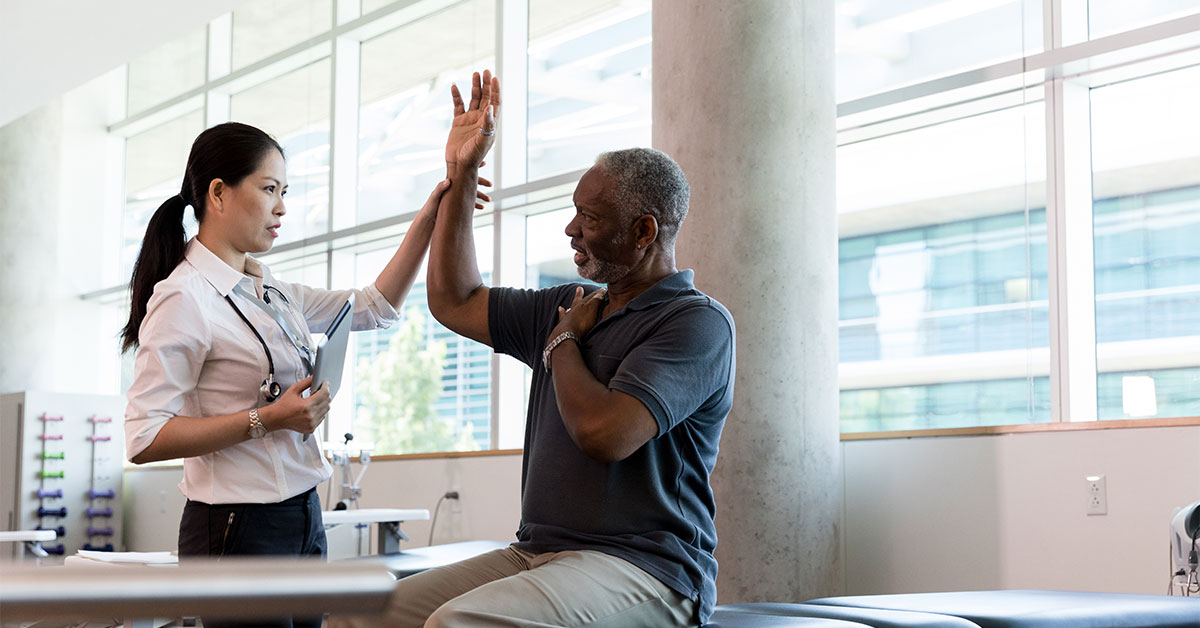Efficient Methods to Reduce the Risk of Sudden Injuries in Athletics Through Targeted Preventative Tactics
Efficient Methods to Reduce the Risk of Sudden Injuries in Athletics Through Targeted Preventative Tactics
Blog Article

Sudden injuries in sports can happen suddenly and frequently lead to critical issues for players. These traumas can range from sprains and strains to breaks and head injuries. To assist reduce these injuries, it is essential to implement focused preventive strategies. These strategies focus on education, proper training, gear use, and overall well-being maintenance. By tackling these important areas, athletes can significantly reduce their chances of suffering from acute traumas while participating in their favorite sports.
One successful method to minimizing the risk of injuries is through education. Athletes, coaches, and parents should be informed about the common types of traumas associated with particular activities. Understanding the mechanics of these injuries allows all involved to identify the signs and symptoms early. Educational workshops or seminars can assist teach players about proper techniques and the importance of warming up before matches or training sessions. This understanding empowers athletes to take charge for their well-being and motivates them to communicate any concerns about possible traumas.
Another important preventive strategy is proper preparation. Players should engage in a well-rounded conditioning program that centers on developing strength, flexibility, and endurance. Strength training assists build the muscle groups that support joints, lowering the chances of traumas. Flexibility exercises, such as stretching, can enhance the scope of motion and decrease the chance of muscle tears. Additionally, players should include sport-specific drills that simulate game situations, which can assist them become more acquainted with the movements involved in their chosen activity. Trainers play a crucial role in designing and executing these conditioning programs to ensure they are safe and efficient.
The use of suitable gear is also essential in preventing acute injuries in athletics. Players should always wear the appropriate equipment for their specific activity, including helmets, pads, and suitable footwear. For example, gridiron players need helmets to protect against head traumas, while football players require shin guards to shield their legs from collision. It is essential that equipment is fitted properly and is maintained regularly to ensure it provides the intended safeguarding. Trainers and parents should motivate players to take the time to choose and use the right gear to reduce their risk of trauma.
In addition to education, preparation, and equipment, maintaining overall well-being is crucial for trauma avoidance. Athletes should emphasize proper nutrition, hydration, and rest to keep their bodies in top condition. A nutritious diet rich in vitamins and minerals aids support muscle recovery and overall athletic performance. Staying hydrated is also crucial, physical rehabilitation services as dehydration can result to fatigue and heighten the risk of traumas. Lastly, achieving enough rest is vital for recovery and upholding focus during training sessions and games. By encouraging good health habits, players can enhance their effectiveness and lower their chances of suffering from acute traumas.
In summary, minimizing the likelihood of acute traumas in sports requires a multifaceted approach that includes education, proper preparation, suitable gear, and overall well-being maintenance. By concentrating on these specific protective strategies, players can more effectively safeguard themselves from the dangers of traumas. Coaches, guardians, and players all have vital roles to fulfill in creating a secure athletics environment. By cooperating together and emphasizing protection, the pleasure of athletics can persist without the disruption of serious traumas.